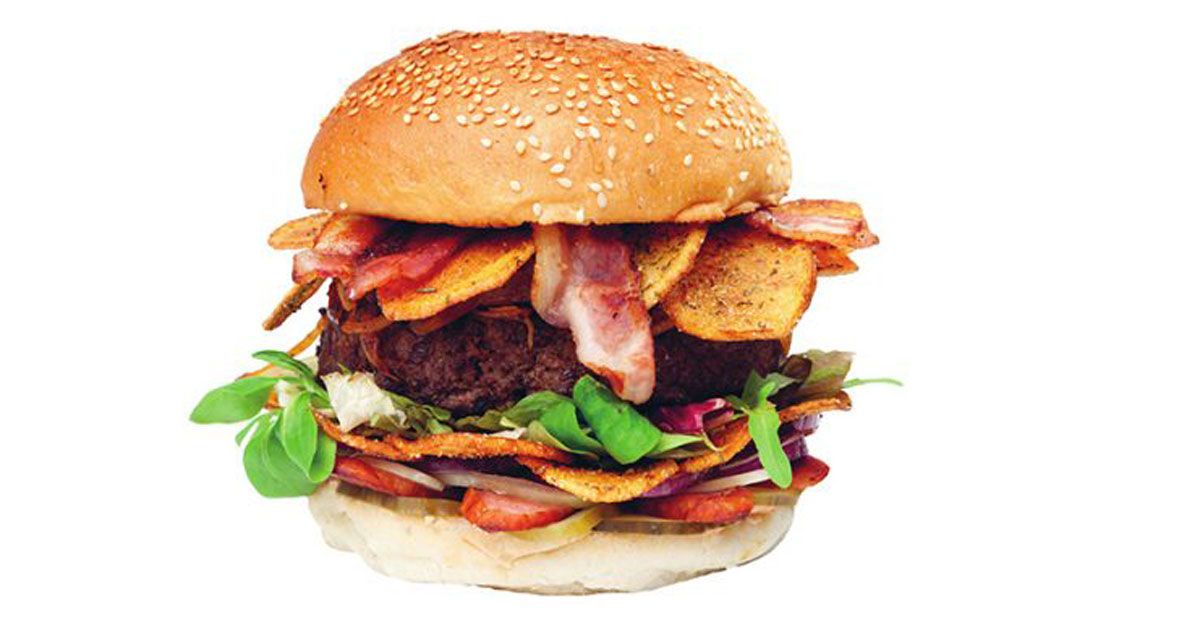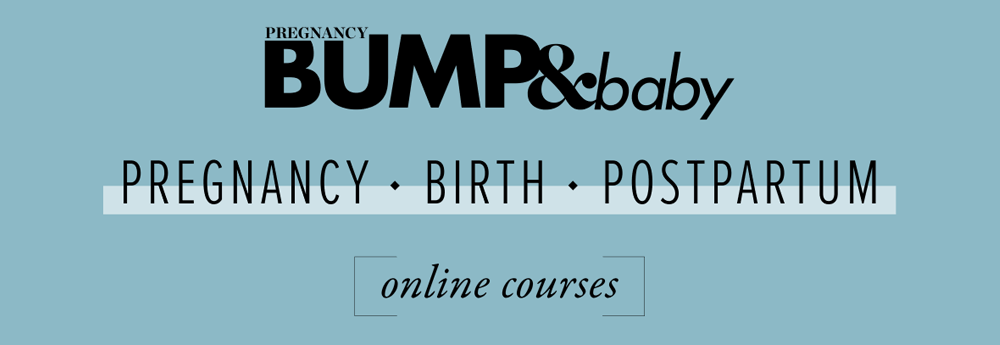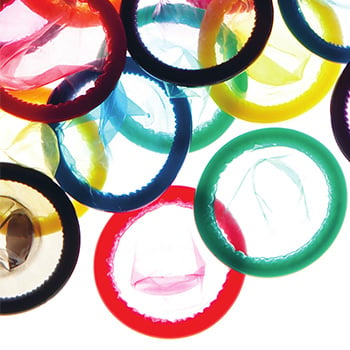
Are you really craving bacon sandwiches, fresh fruit, or even something unusual like pickles and ice cream? Dietitian Angela Phillips talks about pregnancy cravings, what they mean, and how to keep healthy when all you want is chocolate (even though it gives you heartburn!).
By now, if you’re pregnant, you will likely be aware that “eating for two” during pregnancy is a myth, despite people who still say to you, “Go on, you can have it, it’s for the baby!” While your nutrition needs do increase, the overall increase in calorie requirements during pregnancy equates to about 12%. For most women this is equivalent to a wholegrain sandwich with cheese and tomato, or a wholegrain peanut butter sandwich and a banana. If you have a BMI of over 30kg/m2 (your health practitioner can help you calculate this) prior to pregnancy, the extra food you require is the equivalent of two apples. Unfortunately, that means if you are craving a whole pizza at midnight, or dunking fries into your thickshake to accompany your anchovy ice cream sundae, you’re out of luck! Cravings can be very weird and wonderful and can lead to very entertaining stories of partners heading out in the middle of the night to try sourcing the desired food. For some women, these cravings can be even stranger, including non-food items such as clay, tar, or cigarette butts. This is called “pica”, which is Latin for “magpie”, a bird notorious for eating almost everything it comes across. This is more common in children, but can occur during pregnancy. It has been speculated this is related to women trying to obtain a nutrient they are deficient in; however, the foods they crave have little or no nutritional benefit. Despite this, an article published in the Journal of the American Dietetic Association reported pica practices of pregnant women are associated with lower maternal haemoglobin (iron store) levels at delivery. Researchers interviewed 281 women following delivery and categorised them into four groups. Group One (53.7% of women) craved ice; Group Two (14.6%) craved ice and freezer frost; and Group Three (8.2%) craved other items such as baking soda, baking powder, clay, and dirt. When comparing the three pica groups to Group Four, the non-pica group, the pica groups had significantly lower haemoglobin. Despite this, the foods they craved did not provide a source of iron. If you are experiencing cravings, it is important they are not displacing good, quality food, and they are not leading to poor health outcomes. If you are experiencing pica-like cravings, and struggling to control them, talk to your +health professional. You may like to get your haemoglobin and ferritin tested if it has not been checked already.
If you’ve got food cravings, use these “like for like” alternatives below to try keep your salt, excess or saturated fat, and sugar intakes low.
If you’re craving: sweet foods
Chocolate
Hot chocolate with trim milk
Bliss balls
Avocado and cacao mousse
Biscuits
Reduced sugar biscuits
Homemade slice with nuts/seeds and dried fruit
Lollies
A few squares of dark chocolate
Ice blocks
Try a Yonana Dessert Machine (makes an ice-cream like dessert from bananas plus other fruit)
Homemade frozen smoothie
Milk shakes
Smoothie
Rich desserts with cream
Homemade fruit crumble (use oats and nuts in topping) served with yoghurt
If you’re craving: high-fat foods
Fries
Homemade oven chips
Roasted potatoes (less surface area, so less fat)
Burgers
Homemade burger
Choose wisely if getting takeaways (go for the smaller burger)
Mince Pie
Mini potato-top pie
If you’re craving: salty foods
Be aware of the salt levels in foods such as baked beans, pasta snack, cup-of-soup etc. Low salt = less than 130mg per 100g
Potato chips
Potato stix or popcorn
Flavoured chips have more salt than ready-salted, so avoid these in particular
If you’re using lots of salt in cooking
Use it at the table instead so it seasons the outside of food – you’ll taste it more so you can use less
Baked beans
Lite baked beans
Achieving optimal weight gain
Pregnancy is associated with improved outcomes for you and your baby regardless of what your pre-pregnancy weight was. However, a recent study in NZ showed two-thirds of women were confused about the appropriate level of weight gain.
- BMI Range Pre-Pregnancy Appropriate weight gain (kg)
- Underweight (BMI<18.5) 12.5-18
- Healthy weight (BMI 18.5-24.9) 11.5-16
- Obese (BMI >30) 7-11.5
- Overweight (BMI 25-29.9) 5-9
There is no scientific evidence to support the fact that a particular food craving is indicative of women requiring a certain nutrient, but regardless of whether there is evidence to link the craving with a deficiency, ensuring you’re meeting your nutritional requirements is a win-win. A great approach to pregnancy nutrition is putting your energy into getting a balance of foods in the day. This may displace cravings, as your body is satisfied from eating plenty of these good-quality foods.
As a basic guide, ensure you’re eating:
- Protein at each meal (meat, fish, chicken, nuts, legumes, dairy)
- 3 servings of dairy or dairy alternatives per day to get your calcium intake (milk, yoghurt, fortified almond milk, cheese)
- Plenty of omega 3 (fish [especially oily fish], flaxseed, green leafy vegetables)
- At the very minimum 3 servings (handful sized) of vegetables
- 2 servings or more of fruit per day
- Iron-rich foods regularly (red meat, fish, chicken, nuts, legumes, tofu, fortified cereals)
- Good quality grains (brown rice, quinoa, oats)
Here are some easy ideas to help you get some of the nutrients you need more of during pregnancy:
High protein (p), calcium (c) and iron (i) snack ideas:
- Smoothie – banana, berries, yoghurt (C/P), trim milk (C/P)
- Nuts (P/I), Almonds (C/P/I)
- Chickpeas/lentils/nuts/seeds (P/I) added to salads
- Hard-boiled eggs (P/I) on toast for breakfast
- Cheese (C/P) and tomato on low-fat wholegrain (I) crackers
- Milo with trim milk (C/P/I)
- Yoghurt (P/C)
- Feta (P/C) and vege fritters
- Cottage cheese (C/P) and vegetable sticks
BUMP&baby
BUMP & baby is New Zealand’s only magazine for pregnancy and early babyhood. Our team of mums and mums-to-be understand what it’s like to be pregnant in this connected age, and that’s why BUMP & Baby online is geared toward what pregnant women and new mums really want to know.
Other articles of interest
11 Contraception Choices For Post Birth
After baby arrives, it’s time to think about contraception. Family Planning New Zealand (familyplanning.org.nz) shares info on your options
VTech BM3500 Baby Monitor
Stay close to your little one no matter where you are in your home! With the VTech BM3500 Safe & Sound Pan & Tilt Full Colour Video & Audio Monitor, you can hear every sound your baby makes, and watch every step they take







